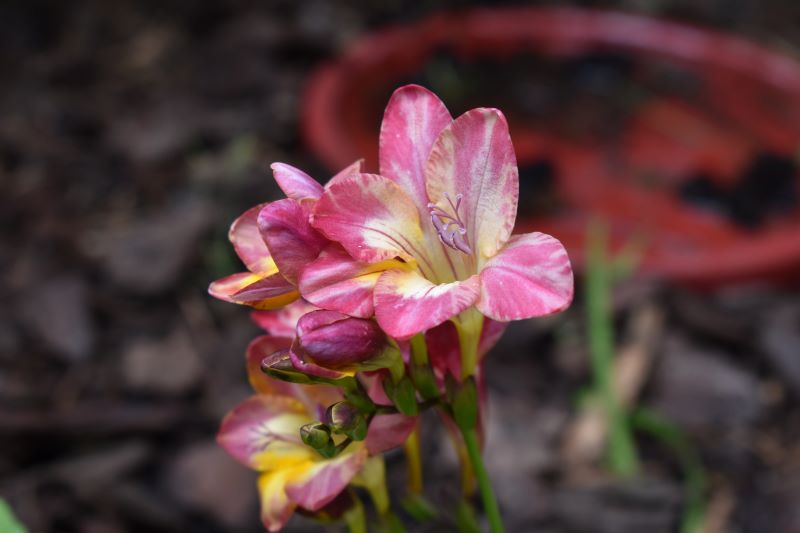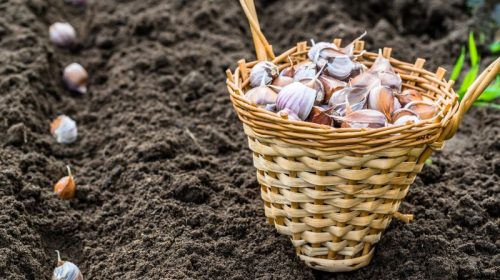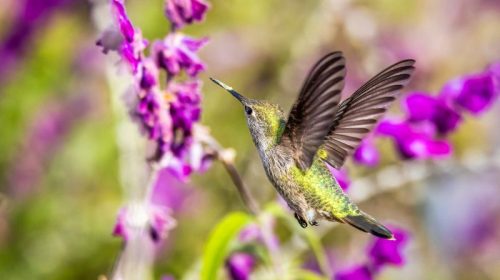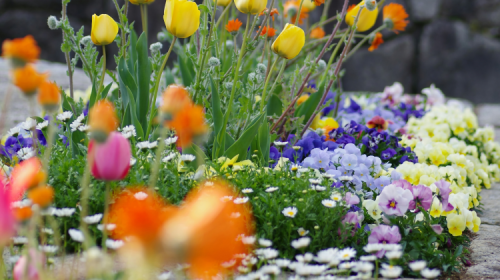The September Garden
By Josh Reilly
The mad rush of September.
The Summer heat imparts a slothfulness, a kind of hazy indolence when it comes to tending the landscape. Fortunately, our gardens don’t really mind this ambivalence towards busy, Calvinist rectitude in August. Aside from morning watering, there just isn’t that much to do. In August (and September), we reap the bounty of deadheading in July, especially with roses that bloom twice per year. Many Salvias similarly produce a second flush of blooms in September, as days shorten but remain warm. The exceptionally vigorous, fire engine red and white Salvia “Hot Lips” is in full second bloom in September (if it ever stopped in August). SLV garden favorite, the purple-blossomed Mexican Bush Sage (S. leucantha) behaves in much the same way. More blossoms can be coaxed out of Salvias “Indigo Spires”, “Mystic Spires”, “Little Leaf” “John Muir”, “Royal Bumble” and others with judicious deadheading. Some garden publications promise second blooms from almost all Salvia greggii and S microphylla cultivars, as well as Day Lillies, Lilacs, Poppies, Phlox, Lonicera (honeysuckle), and a dozen other garden standbys. I’d Proceed with caution. Butterfly bush, however, will definitely re-bloom if you deadhead early enough. I didn’t, but I’ll keep you advised next year.
But that is all happening by itself, your part of it having been completed in July or August. As regards almost everything else in your garden, September is a time to get busy. If you have bulbs, the task of lifting, dividing, and replanting might just take all your spare time this month. Fortunately, for most bulbs, this is only necessary about every three years (and I have been known to wait 5 years, speaking of slothfulness and indolence). September is planting time for daffodils, irises, crocus, freesias, crocosmia, lilies, allium, muscari, and the signature Santa Cruz area roadside beauty, Amaryllis belladonna (Pink Lady). Each has its own requirements regarding depth (crucial), spacing, fertilization, and watering (not as crucial). Many can be “naturalized,” dug in under your grass or meadow and allowed to spread. Alas, except in the case of our native Douglas Irises, I have been only partially successful in this endeavor, largely due to gophers. They aren’t much interested in the irises, however, they have laid waste to naturalized plantings of all the others. If you have mature apple trees you should be done with thinning by now. Mature ornamental grasses can be lifted, divided, and replanted now, as can dozens of common garden plants with rhizomatous (bunched and fibrous) roots. In September, stem cuttings from crowded succulents can be spread around the yard and planted. I have started at least one variety of Crassula by literally throwing it in the dirt and leaving it over Winter.
September is also the best time to introduce new perennials, shrubs, and trees to the garden. Of course, local retail garden centers offer these plants when in flower, not when it’s best to plant them. You can accommodate this by buying them when they are on sale and leaving them in their black nursery pots until it’s planting time. This is dicey because your specimens may become rootbound in the intervening months. You can re-pot them and then plant them out in September or October but this nearly doubles the amount of work required. Or you can swallow hard and plant them in late Spring or Summer. They’ll need quite a bit more water this way. Up to you. I’ve found that sub-optimal planting time is not the biggest risk factor in my garden.
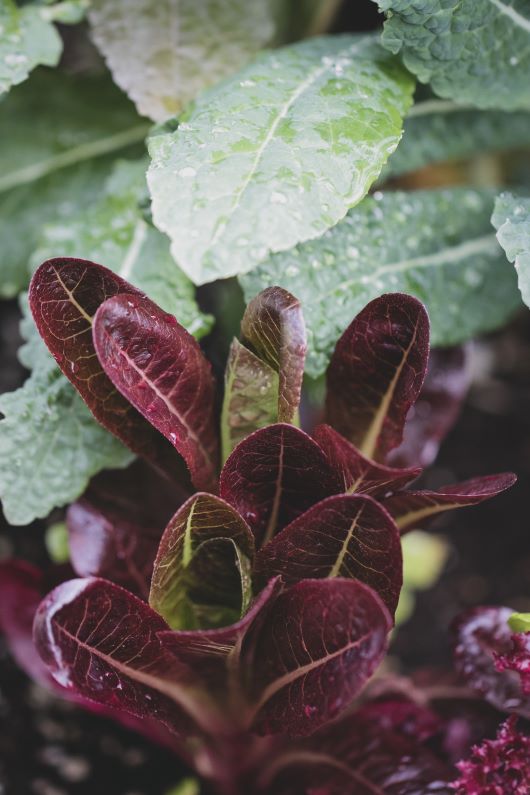
Of course, in September, you can start your late fall/winter garden. Broccoli, cabbage, cauliflower, kale, peas, garlic (to overwinter), spinach, lettuce, carrots, and beets can all be planted now (but don’t snooze; get this done soon). Old, woody perennial culinary herbs can be replaced with new plants. Your zero gravity chair will still be there when you are done.
Josh Reilly, aka Uncle Skip, writes about seasonal gardening from his home in beautiful Ben Lomond, California.
Featured photo: Common Freesia by Megan Gettens
The San Lorenzo Valley Post is your essential guide to life in the Santa Cruz Mountains. We're dedicated to delivering the latest news, events, and stories that matter to our community. From local government to schools, from environmental issues to the arts, we're committed to providing comprehensive and unbiased coverage. We believe in the power of community journalism and strive to be a platform for diverse voices.

